Proxima b and the worlds around TRAPPIST-1 might be habitable, after all
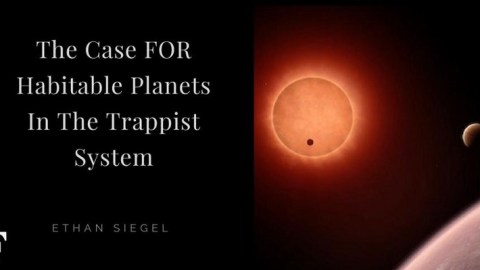
Have you heard that life is unlikely around low-mass, red dwarf stars? It might be time to rethink that flawed conclusion.
“Laws of nature mixed with evolutionary/historical contingencies allow for a range of diversity… [t]hat diversity, within the laws of nature, when I step back a bit from the desk or the computer, still surprises me to no end.”
–Adrian Lenardic
When it comes to life in the Universe, we only have one confirmed example of success: Earth. The raw ingredients for life, however, are everywhere. This includes both the necessary building blocks for life (the raw elements and organic molecules) and also the necessary conditions for it, too. We normally look to our own planet for those conditions, which include a rocky world that’s rich in water, a thin atmosphere, an active magnetic field, and the right temperatures for liquid oceans on its surface. We measure other planets against Earth for their chances of success, and use words like “super-Earth” and “habitable zone” to describe and classify them. But this approach, as common as it is, may lead to us overlooking life where it’s most abundant if it’s not found on worlds like our own.
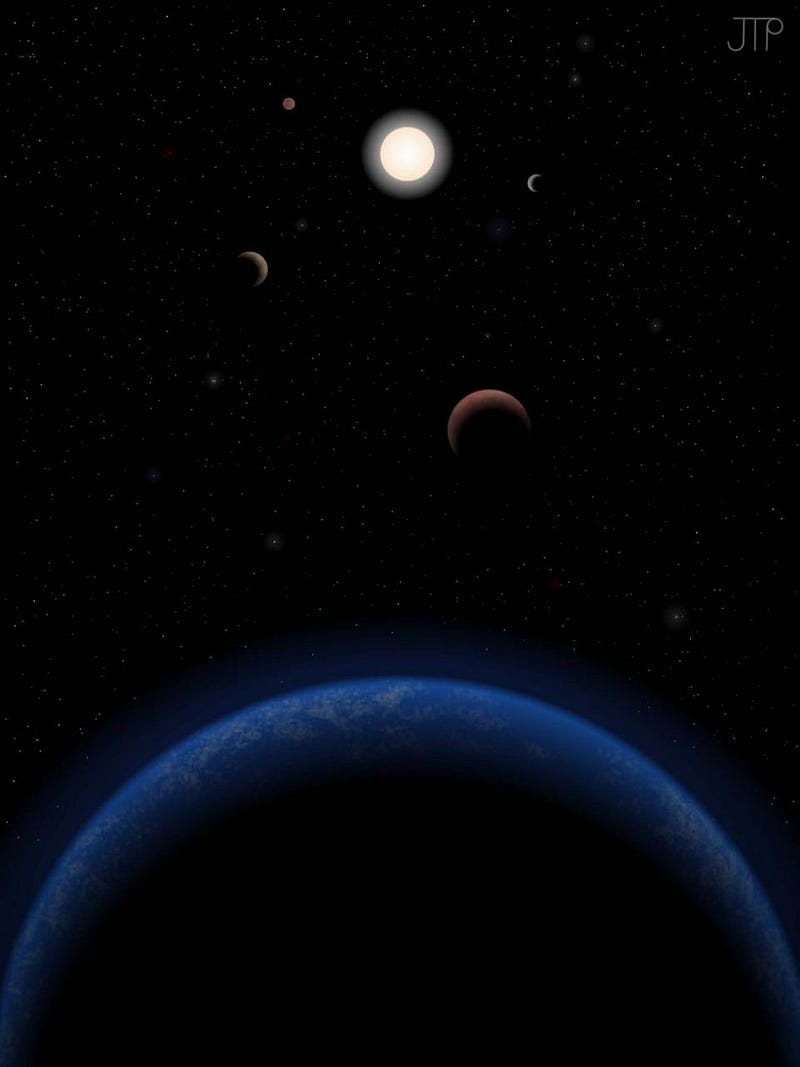
Those conditions I mentioned aren’t the only ones that give Earth the properties we observe it to have. Some scientists, when enumerating the conditions for life on Earth, also include a large moon, a solar system with a gas giant just beyond the asteroid belt, our parent star’s ultraviolet radiation, Earth’s rapid night-and-day rotation, and our location far from the galactic center. But how many of these conditions are truly necessary for life to arise? In fact, how many of the earlier ones are necessary? With insufficient evidence, we don’t know. In fact, given that the Sun is larger, hotter and more massive than 95% of stars in the galaxy, it may be that life on Earth-like worlds is the rarity.
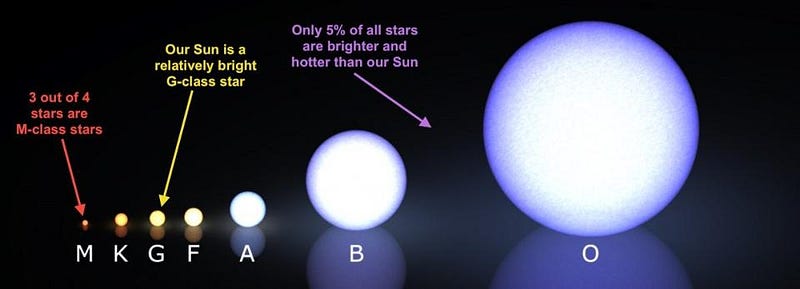
Three out of every four stars in the Universe are red dwarfs, or M-class stars. These are stars ranging from 8–40% the mass of the Sun, giving off as little as 0.05% of our Sun’s energy and living for hundreds of billions or even trillions of years. Our nearest star, Proxima Centauri, is a red dwarf like this, and so is TRAPPIST-1, at just 40 light years away. Proxima Centauri has an Earth-sized world at the right distance from its star that — if its atmosphere is Earth-like — it should have liquid water on its surface. TRAPPIST-1 has seven Earth-sized worlds around it; three of them meet those conditions.
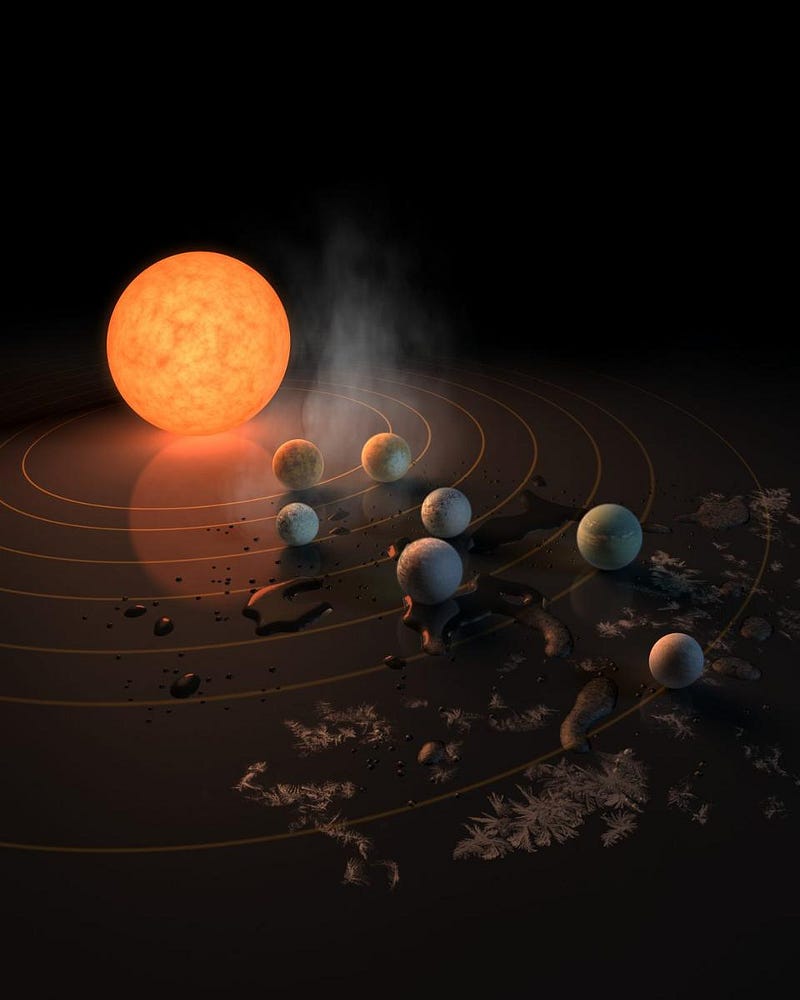
Yet many in the scientific community claim that life on these worlds is a very improbable proposition. Why? Because they’re comparing these worlds to Earth.
But this isn’t fair. Calling a world a “super-Earth” implies that it’s Earth-like, but most aren’t. Once you rise to a size that’s only about 20% larger than Earth, or double our planet’s mass, you become more Neptune-like than Earth-like. With the right atmosphere, Venus could be habitable, and so could Mars or even Ceres, yet all are often excluded from the “habitable zone.”
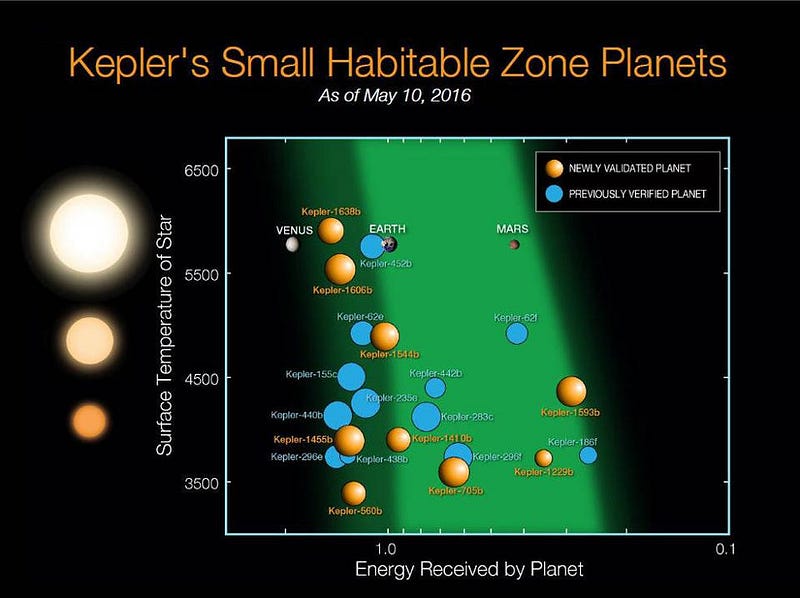
We aren’t interested in habitable zones, however; we are interested in habitable planets. And if the diversity of the planets we’ve discovered and/or explored has taught us nothing else, let it be this: Earth is not the only way.
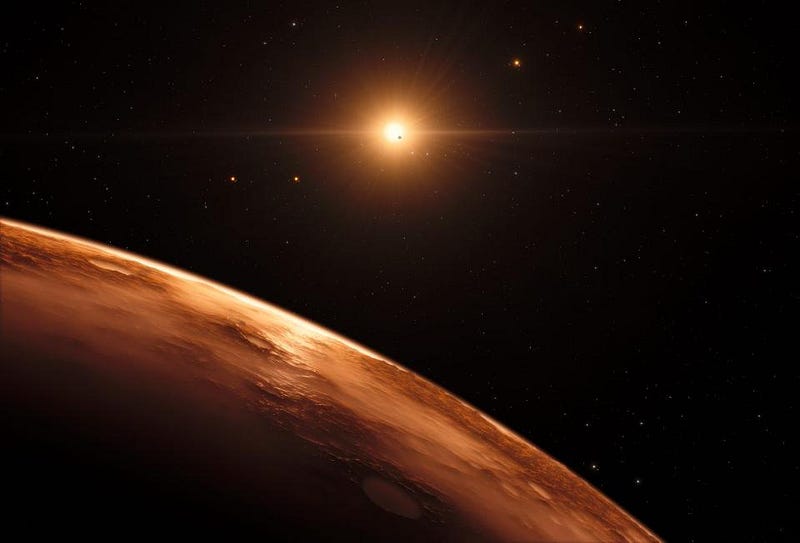
If you want to exchange interior material with surface material on a planet, you could do it with plate tectonics, like Earth does. Plate tectonics are often taken — among the general public and among scientists, too — as a necessity this type of exchange, and therefore, for life. But a world with sufficient volcanic activity could accomplish exactly the same thing.
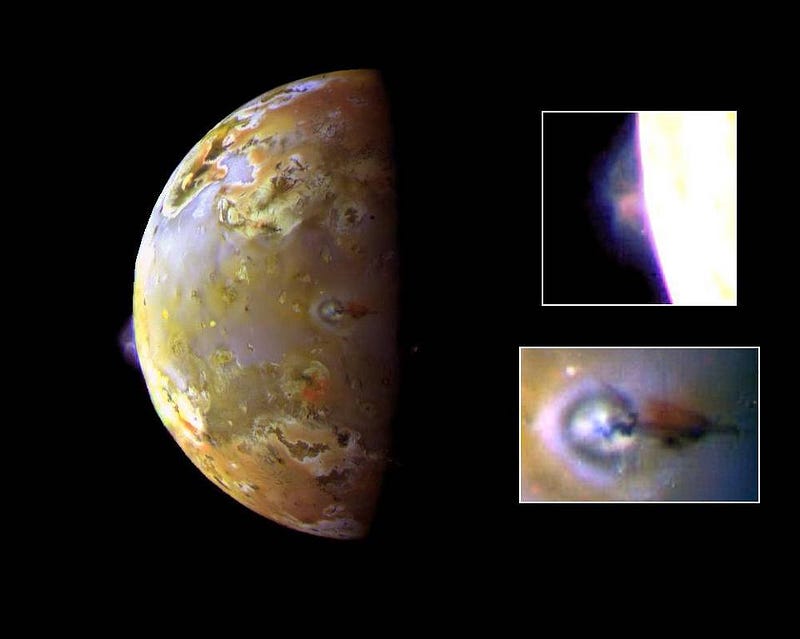
Worlds around M-class stars need to orbit much closer than even Mercury orbits the Sun in order to receive an appreciable amount of energy, and so their properties will be very different than Earth. These worlds will likely exhibit:
- more volcanoes,
- tidal locking (where one side always faces the Sun),
- more intense susceptibility to flaring from their star,
- less steady ultraviolet and visible light radiation,
- and faster attempts to strip their atmospheres.
With all of these obstacles, you might think life on these worlds is impossible. After all, many do think exactly that.
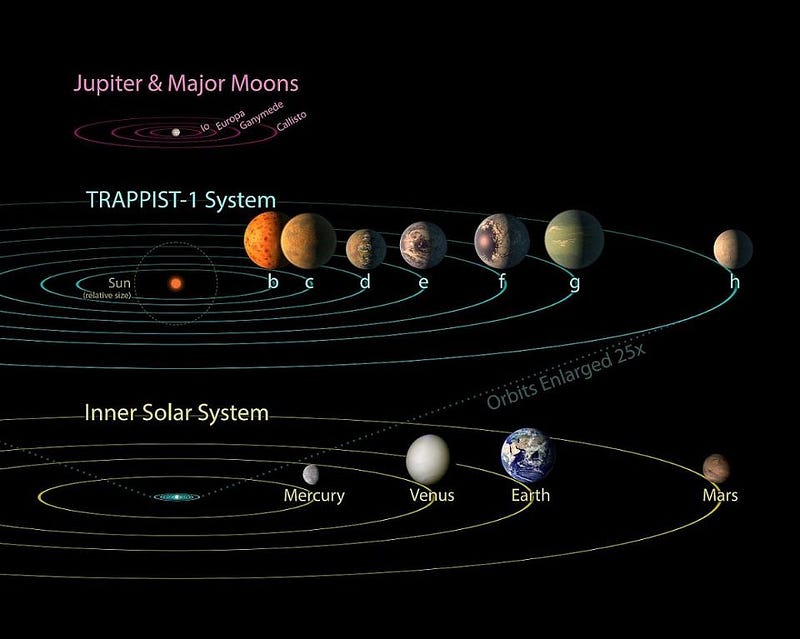
But the volcanoes may be beneficial, not detrimental. The tidal locking may mean that the permanent “day” side (or the permanent “sunset” ring) is even more hospitable to life than Earth is. The flaring from the star may pose no danger at all to a world with a strong magnetic field. A separate day/night rotation may not be necessary to sustain a magnetic field on a tidally locked world; the ultra-close orbit to a red dwarf gives it nearly as much rotational energy as Earth. The UV and visible light may not be so important to the origin of life; many molecules operate on red or infrared energy frequencies. And atmospheres need not be made of light molecules like nitrogen, but could be heavier (like carbon dioxide) and resistant to stripping.
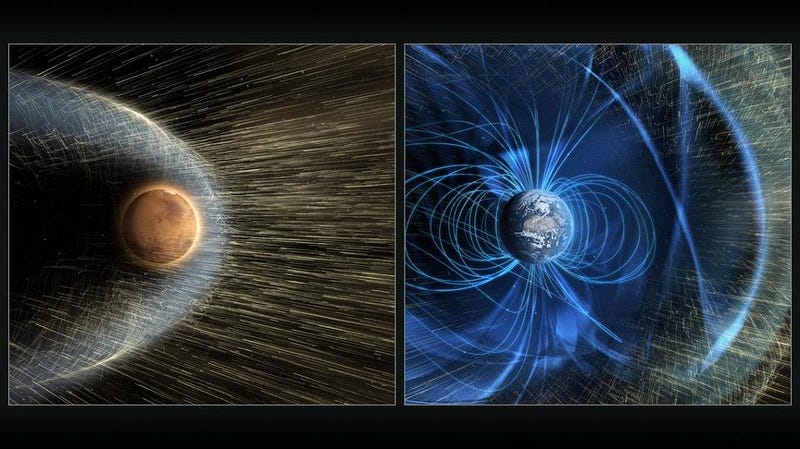
The major point we should all take home is that yes, life arose on Earth, but it’s foolish to demand that a planet or its conditions be “Earth-like” in the search for habitability. (Although, see Bruce Dorminey, here, for a counterpoint.) So long as there exists energy, liquid water and long-term stable conditions, life may well be possible. The most common type of star in the Universe isn’t a Sun-like star, but rather are low-mass stars that emit only a tiny fraction of the Sun’s energy. Their worlds will be vastly different than our own, yet may house life all the same. It’s up to us to look in the right way, and to keep our minds open to potential surprises. We’re only at the beginning of this journey.
Thanks to Adrian Lenardic for helpful insights into putting together this article.
This post first appeared at Forbes, and is brought to you ad-free by our Patreon supporters. Comment on our forum, & buy our first book: Beyond The Galaxy!





